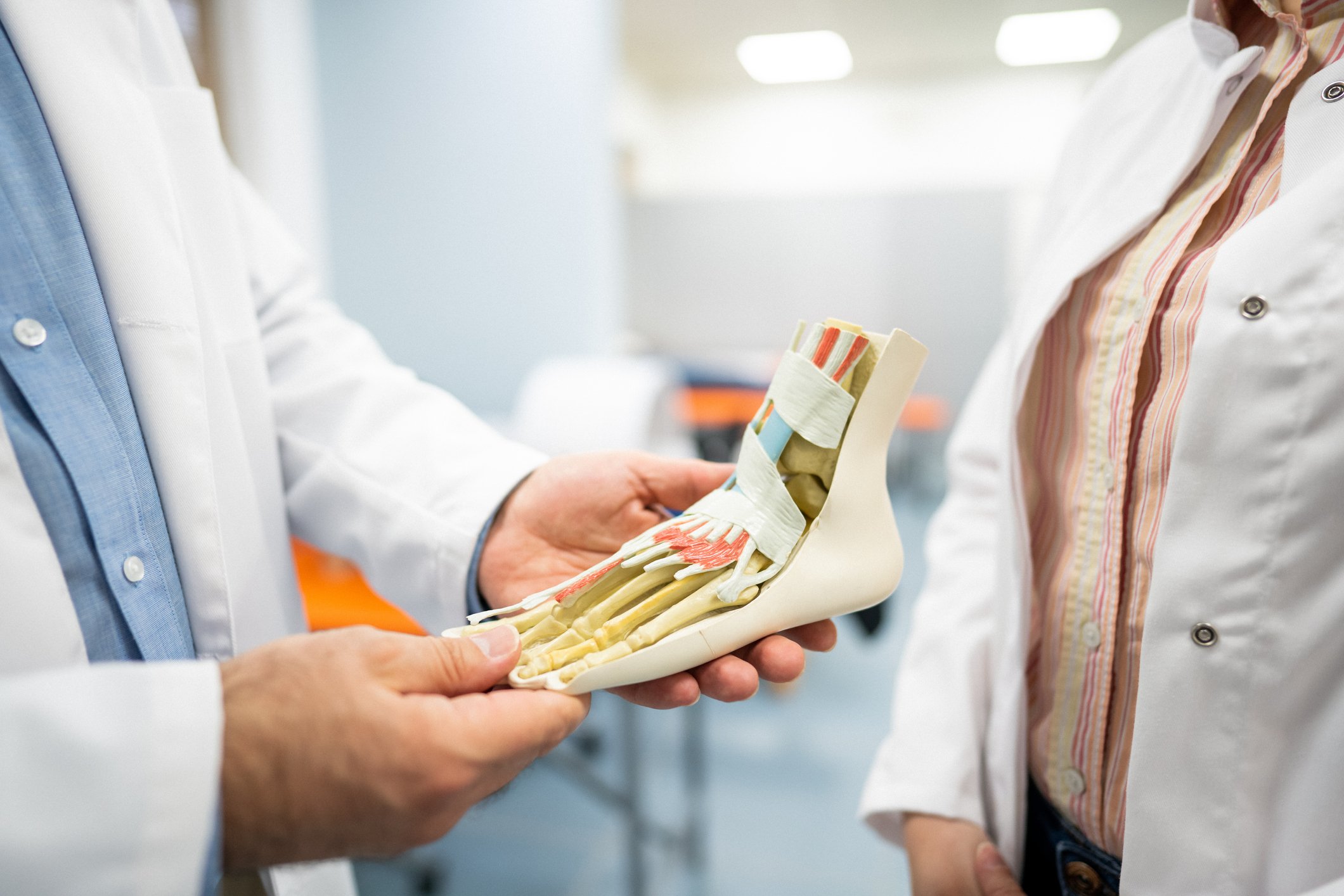
Symptoms
What’s Going On with my Toe?
Hammertoe is a condition affecting the foot in which an abnormal bend develops in the middle joint of a toe. If your deformity falls into one of these categories, you may want to consult a Foot and Ankle Surgeon who has experience with TenoTac®.
Hammertoe
A contracture of the joint in the middle of your toe (typically second or third toe) that progresses from flexible to rigid as the condition worsens. Results from a tendon imbalance of the toe.
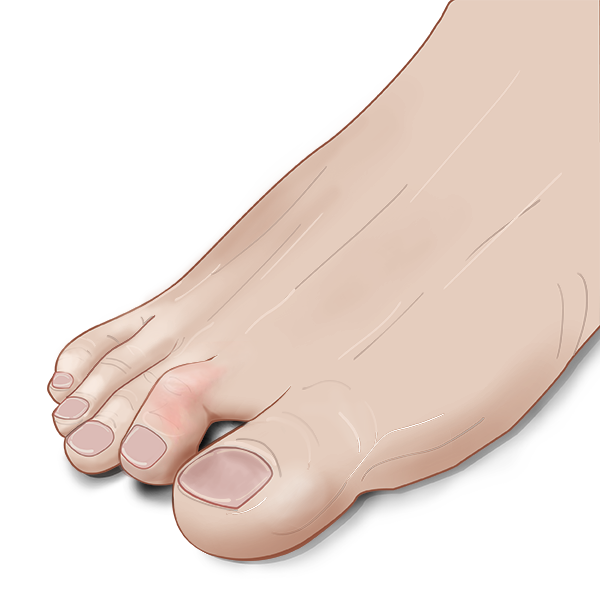
Claw Toe
A contracture of both the middle and end joints of your toe (typically second or third toe) that progresses from flexible to rigid as the condition worsens. Results from a tendon imbalance of the toe.
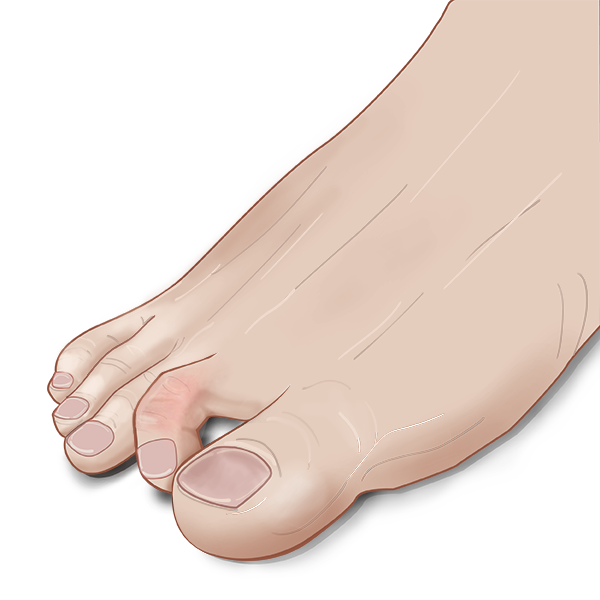
Mallet Toe
A contracture of the joint at the end of your toe (typically second or third toe) that progresses from flexible to rigid as the condition worsens. Results from a tendon imbalance of the toe.
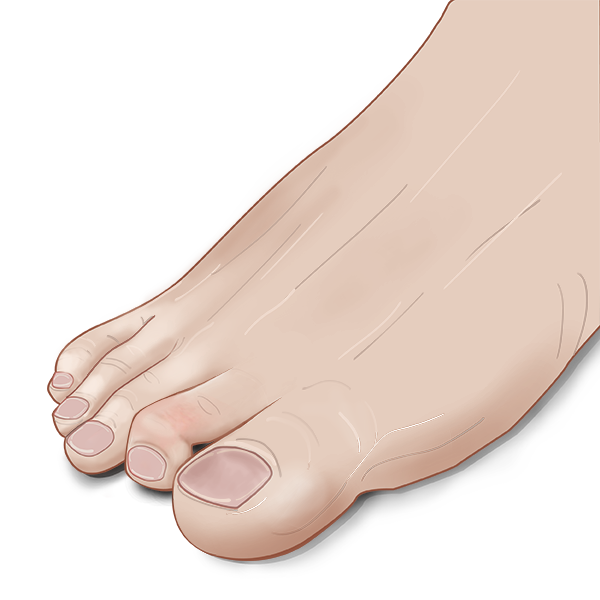
Crossover Toe
A multifaceted deformity in which one toe drifts towards another and eventually crosses over and lies on top of the adjacent toe, most commonly the second toe crossing over the big toe.
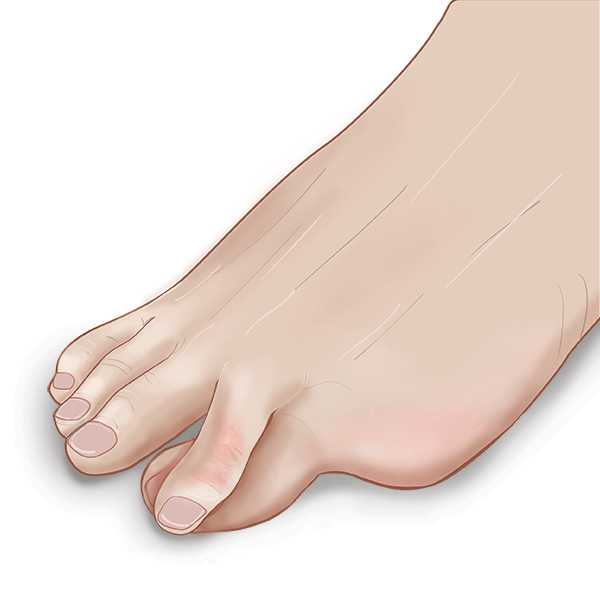
Floating Toe
A condition in which the toe sticks up in the air rather than in the aligned, biomechanical position of other toes. At times, the affected toe will even “cross over” an adjacent toe. Results from instability at one of the joints in the foot or shortening from previous corrective procedures.
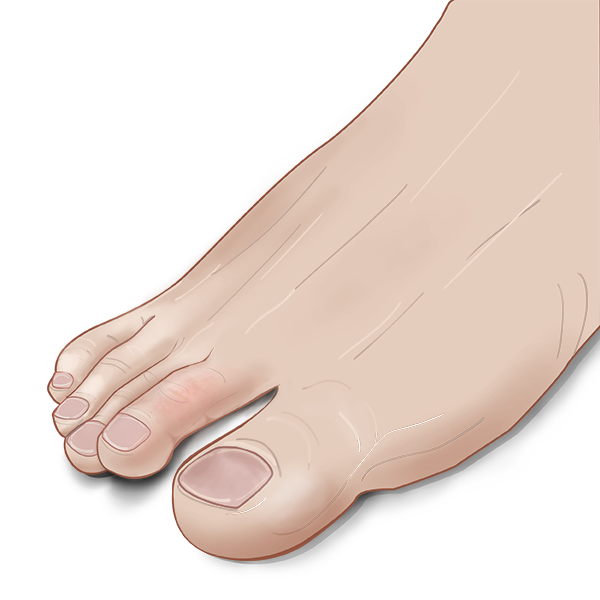
Hammertoes are complex toe deformities that can be the result of overpowering muscle forces, foot alignment, aging, genetics, or previous trauma.1
Common symptoms include:
Toe pain or irritation while wearing shoes
Corns and calluses (a thickening of the skin on the toe, between two toes or on the ball of the foot)
Redness of the toe due to rubbing on a shoe, the ground, or an adjacent toe
Burning sensation in the toe because of shoe gear or adjacent toe pressure
Bent appearance of the toe
What May Cause Hammertoe?
Hammertoe is a toe deformity that occurs when the muscles, tendons, or ligaments somehow become imbalanced and cause one toe to “rise” above the others, resembling a hammer about to strike.5
Heredity - you may inherit genes in the foot structure that can be prone to the development of hammertoe.
Poorly fitting shoes - shoes that are too narrow or don't fit well usually cannot deliver the arch support you may need. In addition, shoes like high heels force more pressure on toes and joints (which is why statistically more women have hammertoe).
Trauma - in some cases, trauma to your foot can trigger a case of hammertoe.
Mechanical or Neurological Changes - muscle/tendon imbalance, which leads to a bending of the toe, in the foot that occur over time in some people.
You Are Not Alone
Roughly 3% of adults age 21 and over in the USA are affected by hammertoe.6
In the early stages there are treatment options available that do not require surgery that your doctor can recommend. Untreated hammertoe may reach the point where the hammertoe becomes so painful that your doctor decides it's requires surgery. Learn more about treatment options.





